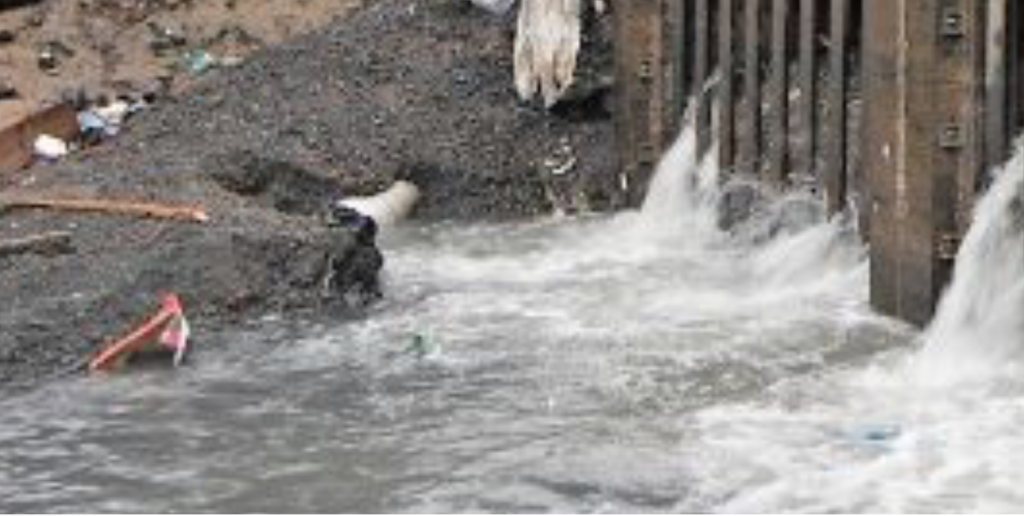[Reposted from NewJerseyPACE.org]

February 14, 2019: NJ’s new stormwater utility bill (A2694/S1073) authorizes municipalities to collect fees on parking lots and other impervious surfaces to fund improvements to failing stormwater systems. But it has many commercial property owners concerned that they will now face significant new charges on their property. If the legislature and the Murphy Administration want to address these concerns in a meaningful way, PACE (Property Assessed Clean Energy) is the obvious answer.
PACE can provide 100% long-term financing for projects designed to reduce stormwater runoff by building retention systems, green roofs, and permeable paving. These improvements add to the value of the property and allow the owner to avoid some or all of the fees likely to be charged by the new utilities. When coupled with other clean energy and resiliency improvements, PACE projects are typically cashflow positive from day one. The capital is invested in the property by private lenders, but is off-balance sheet to the property owner, and the interest and other costs can often be treated as operating expenses. There is no public money involved. The municipality simply makes the Special Assessment mechanism available to the property owner, and provides a pass-through for the repayments.
Continue reading “New Stormwater Fees the Perfect Opportunity for PACE”



